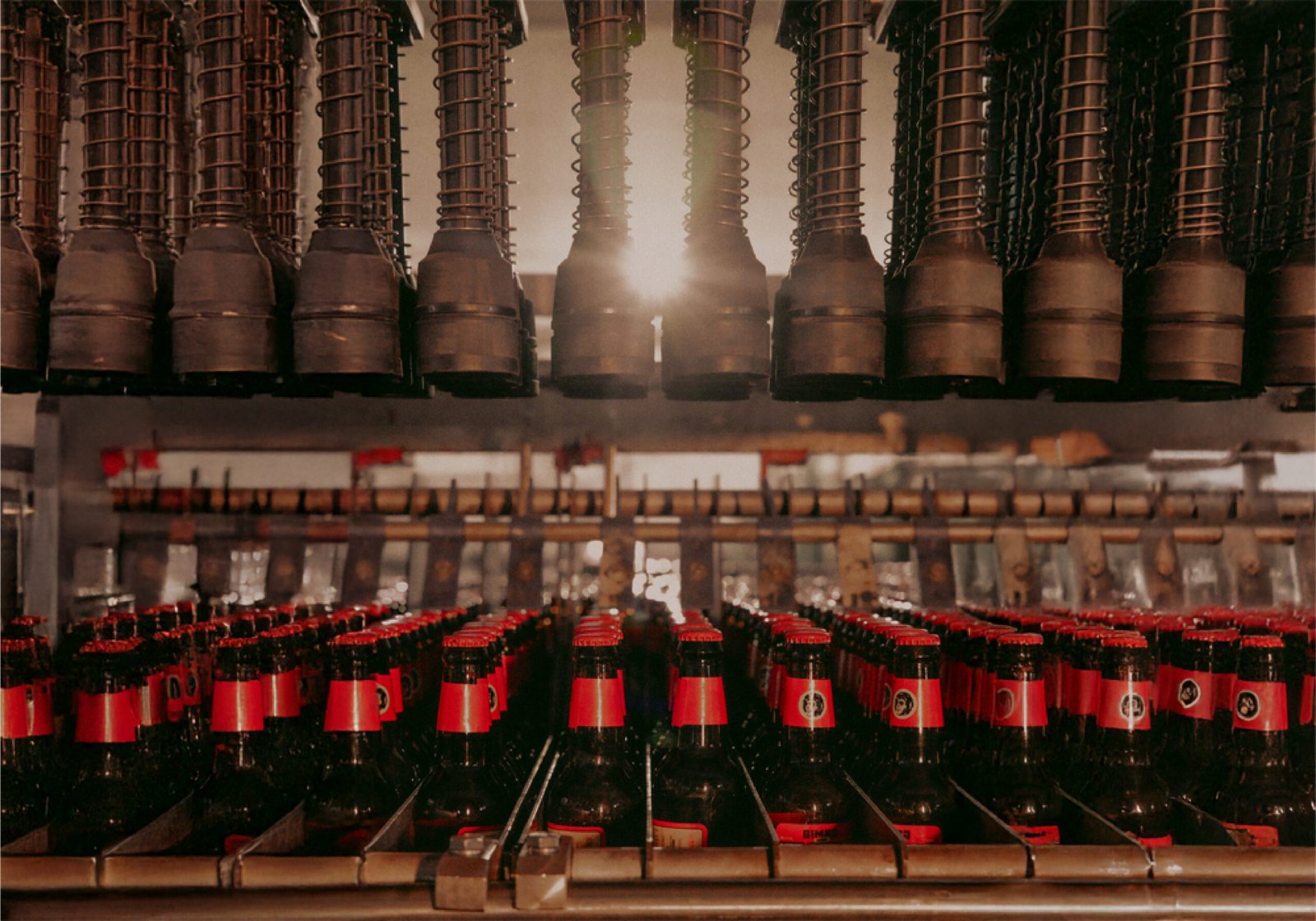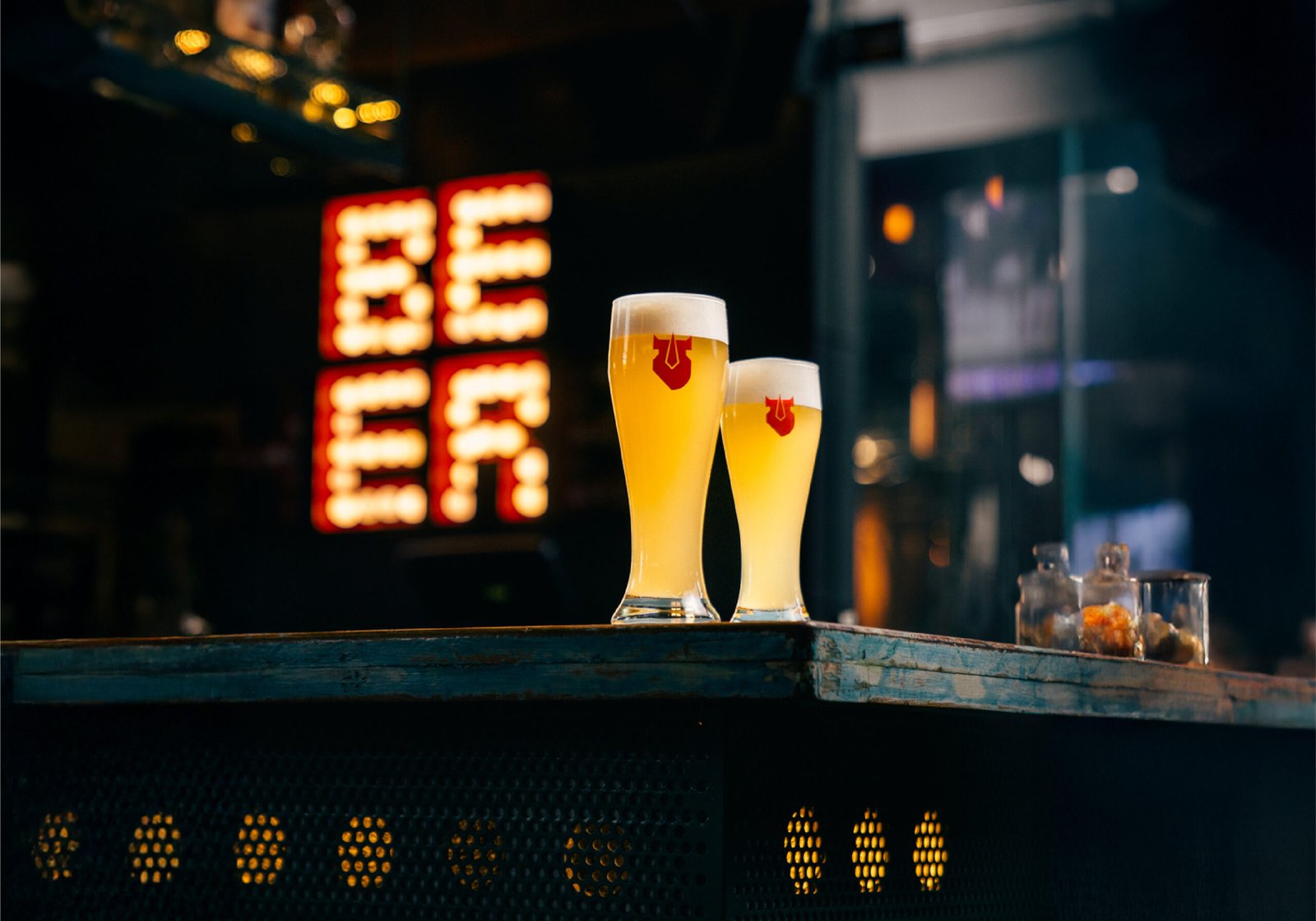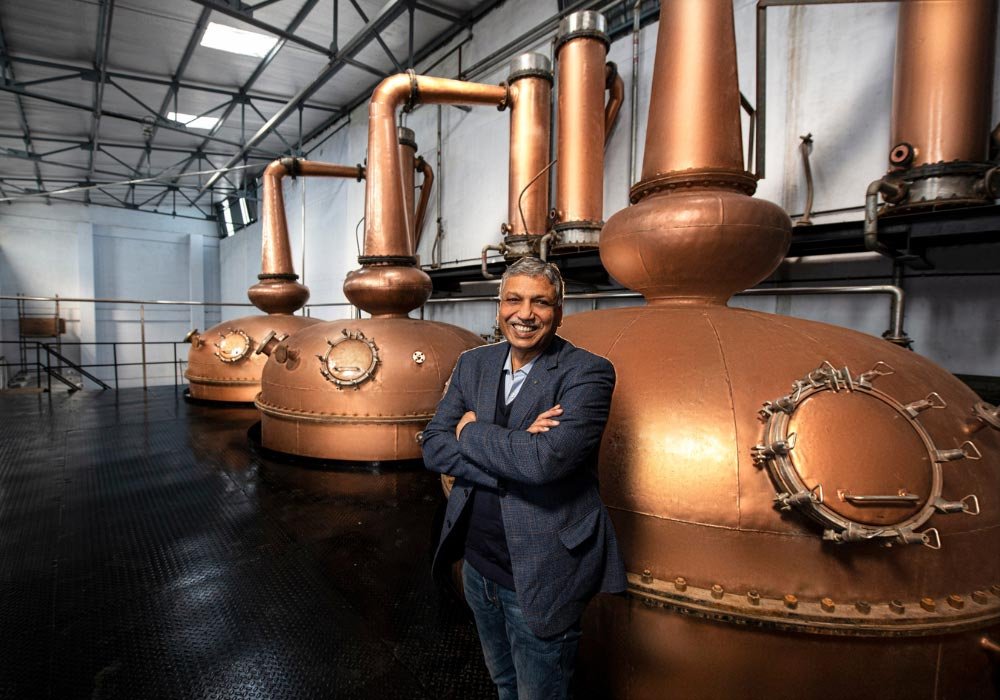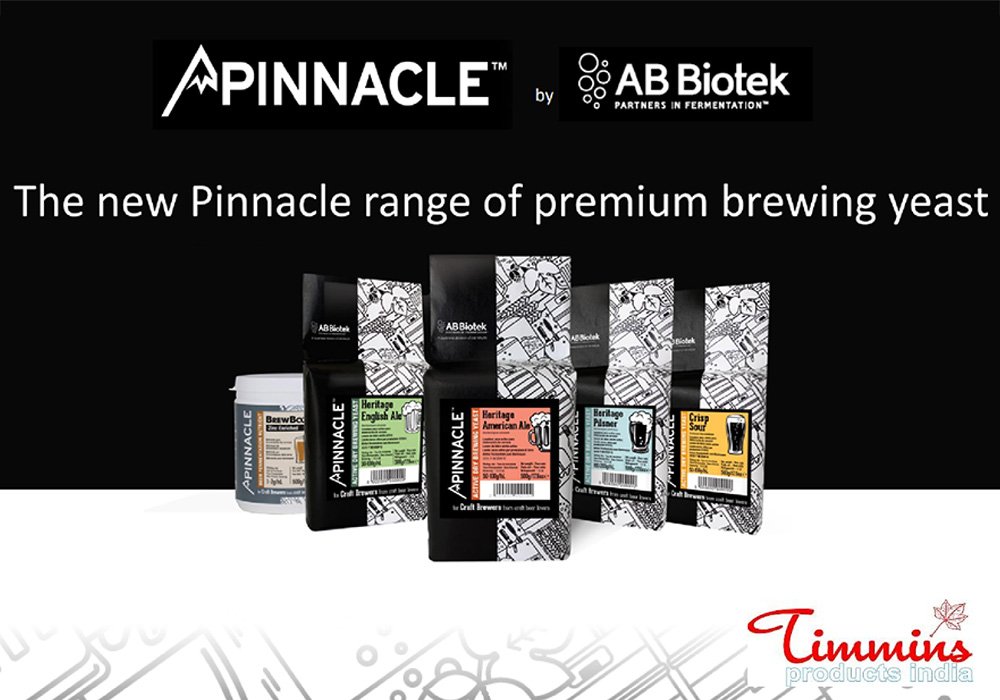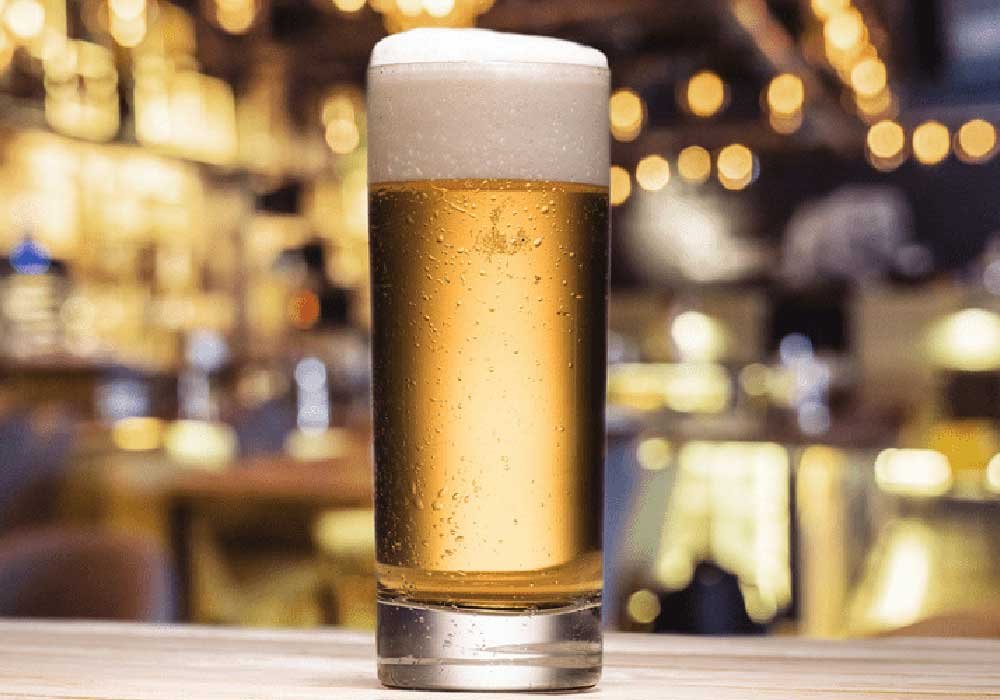
Kölsch (or Koelsch, pronounced K'oolsh) is a German pale ale brewed in and around the city of Cologne (Köln). It is a hybrid product which combines the characteristics of both ale and lager fermentation. It is fermented at warmer temperatures with top-fermenting yeast, then conditioned at cold temperatures like a lager. This brewing process is similar to that used for Düsseldorf's altbier.
The term "Kölsch" has a Protected Geographical Indication (PGI) within the European Union since 1997. It is made within 50 kilometres of the city of Cologne and is brewed according to Kölsch Konvention as defined by the members of the Cologne Brewery Association (Kölner Brauerei-Verband).
Germans are pretty uncompromising in their definition of this refreshing beer style. The Kölsch Konvention states that this beer is pale, highly attenuated, hoppy and must always be brewed according to Reinheitsgebot (German Beer Purity Law).
Vital Stats
- ABV: 4.5 - 5.2%
- Bitterness: 20 - 30 IBU
- Color: 3.5 - 5 SRM
Glassware
In Cologne, Kölsch is traditionally served in a tall, thin, cylindrical glass called a Stange ("pole" or "rod"). A typical stange only holds upto 200ml of beer and it is mounted in a kranz tray. The Kranz tray can accommodate at least 10 stange glasses so that a group can drink several of these beers. Stange glasses also show-off Kölsh’s brilliant clarity and effervescence.
[caption id="attachment_22484" align="aligncenter" width="1000"] A Gaffel Kranz. Picture Source: Wikimedia[/caption]
A Gaffel Kranz. Picture Source: Wikimedia[/caption]
Kölsch is protected by the PGI inside the EU, however, this protection is not recognised outside the EU and breweries can produce and market beers as a ‘Kölsch’ with varying degrees of authenticity.
Checkout our other article on German beer styles by clicking here.





